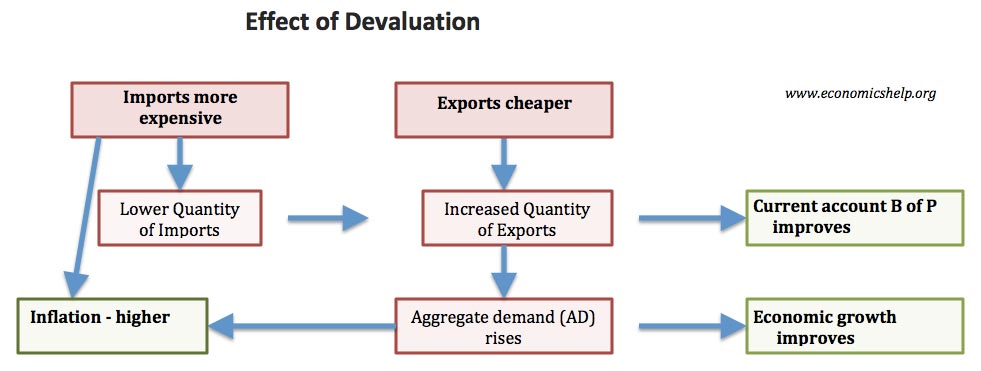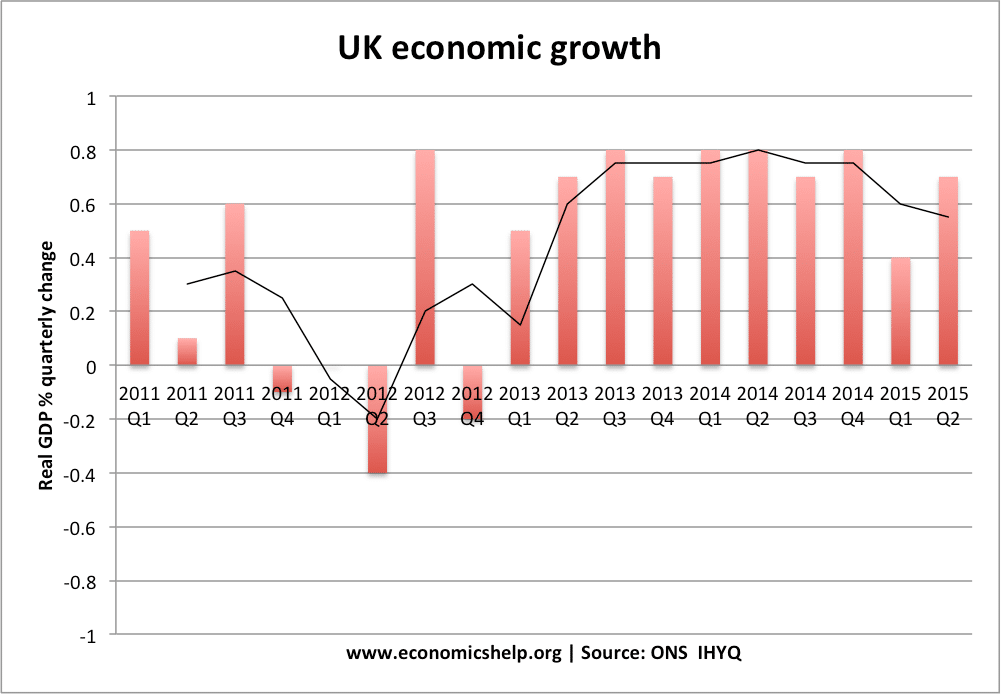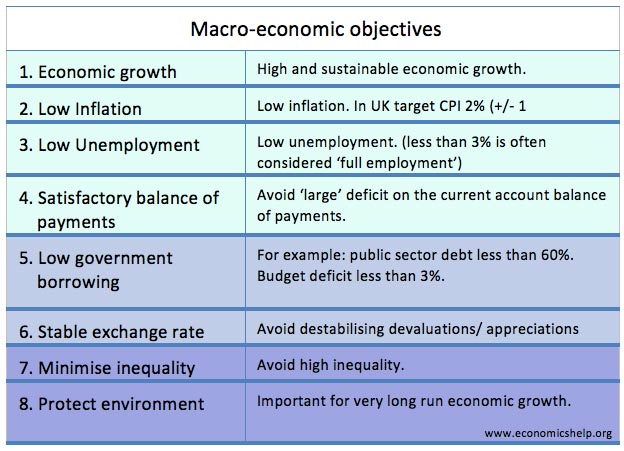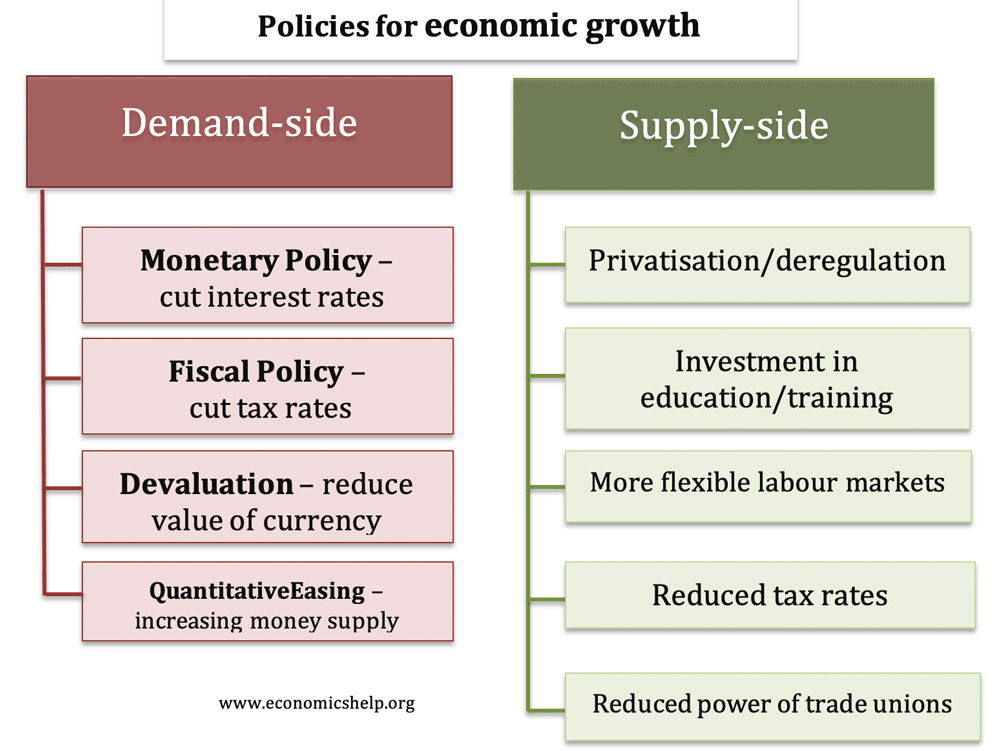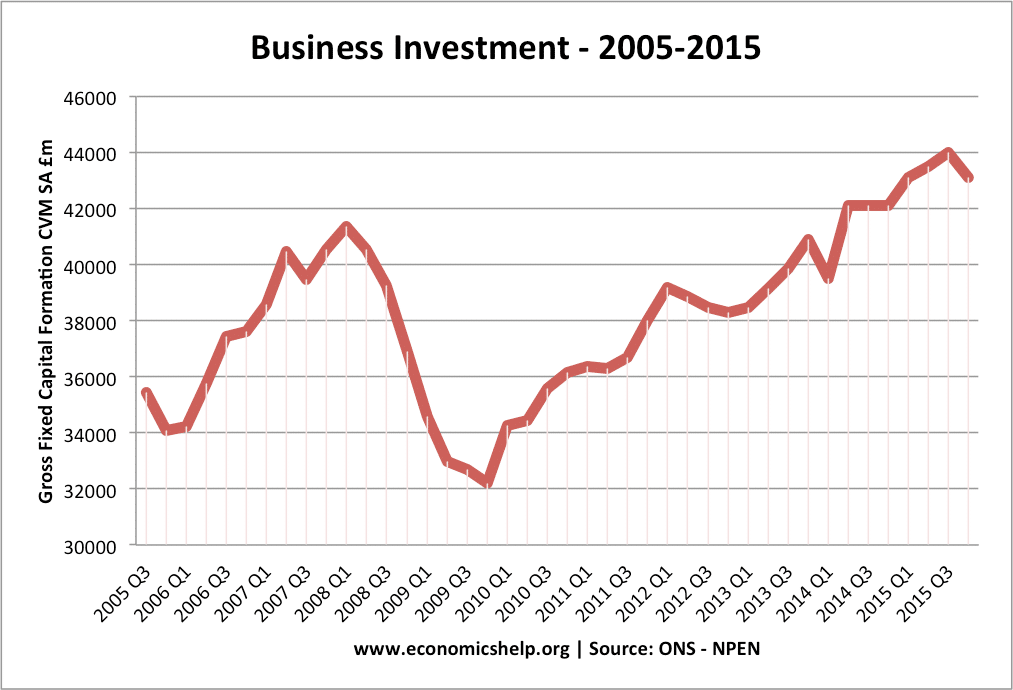Harrod-Domar Model of Growth and its Limitations
The Harrod Domar Model suggests that the rate of economic growth depends on two things: Level of Savings (higher savings enable higher investment) Capital-Output Ratio. A lower capital-output ratio means investment is more efficient and the growth rate will be higher. A simplified model of Harrod-Domar: Harrod-Domar in more detail Level of savings (s) = …


